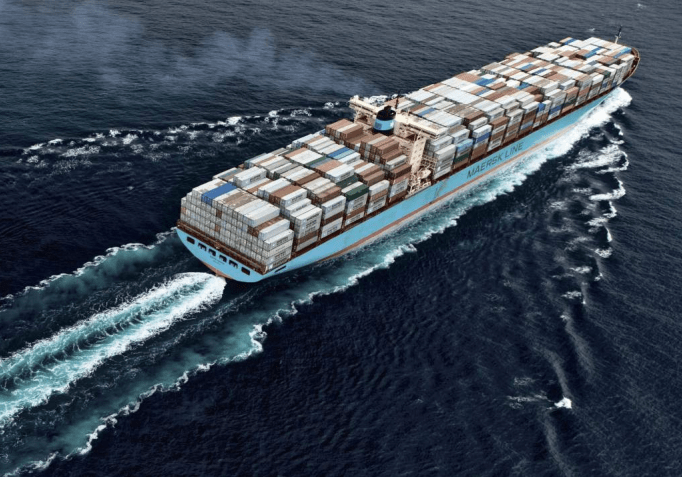The Maersk company noted that freight rates were persistently high in the second quarter of 2021, largely reflecting bottlenecks in domestic logistics and poor container equipment.
So this negatively affected the effective capacity.
Both the container and air transport industries continued to have limited capacity during the quarter, with capacity in the commercial airline industries 12% below pre-crisis levels, measured here as «cargo capacity», that is, storage capacity under the main deck of the aircraft.

In addition, the capacity of ships and containers was substantially affected by disruptions in port and on land.
At the end of the second quarter, the global nominal container fleet stood at 24.4 million TEU, an increase of 4.3% compared to the second quarter of 2020 (average annual growth was 3.7% from the second quarter of 2019).
Maersk
Overall, global trade and production grew faster than anticipated in the first months of 2021, after a steep decline in the second half of 2020, when the first wave of the pandemic occurred.
The recovery was supported by considerable monetary and fiscal assistance from governments, as well as the arrival of effective vaccines against Covid-19.
According to the company, the idle fleet declined further in the second quarter of 2021 (to 0.8% at the end of the quarter) compared to the first quarter of 2021 and is much lower than the 7.9% of the second quarter of 2020 as the industry has adjusted to higher demand, driving an effective supply.
Consequently, the balance between supply and demand was virtually unchanged in the second quarter of 2021 compared to the first quarter of 2021.
However, Maersk said, freight and freight rates were persistently high, largely reflecting bottlenecks in domestic logistics and low container equipment, negatively affecting effective capacity.
Freight rates
The order book reached 20% of the global fleet in the second quarter, compared to 17% of the fleet at the end of the first quarter, due to continued high activity in new orders.
Freight rates outside of China, measured by the China Composite Freight Index (CCFI), increased 154% in the second quarter compared to the same quarter last year, while air cargo rates also increased, but less than the Container shipping rates since mid-2020, implying that air cargo has become relatively competitive according to the International Air Transport Association (IATA).
![]()

